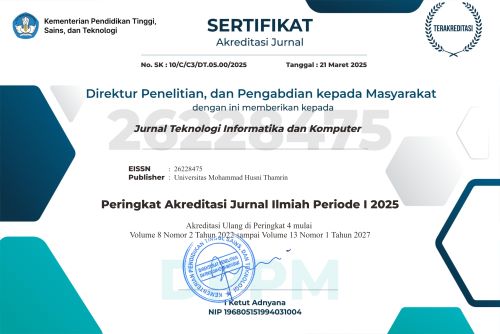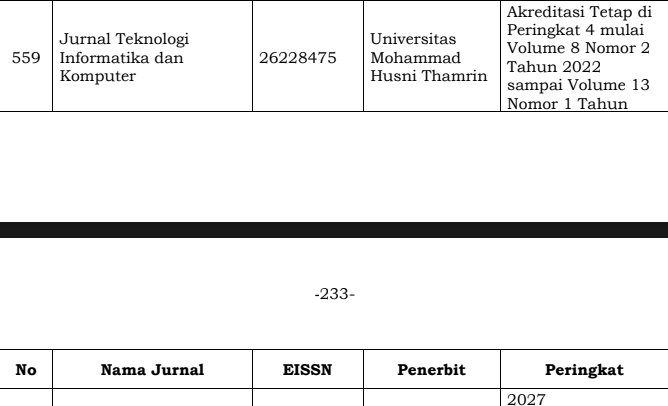Implementation of Dijkstra's Algorithm for Nearest Location Search on Fire Extinguishing Robot
DOI:
https://doi.org/10.37012/jtik.v11i1.2581Abstract
Today's technological knowledge has experienced a lot of progress, including in robotic technology. Of course, this field is becoming more interesting to study, seeing its increasingly widespread use in various aspects of human life that are increasingly automated. Real-life automation in machine representation is a value in itself from the implementation of a robot. Along with the development of the era, the world of information technology is currently developing very rapidly. In line with the rapid development of information technology, the need for time efficiency is a very important issue today. One of them is finding the shortest path from the original location to the destination location. In achieving optimal time efficiency, good management is needed by applying directed concepts and increasingly modern and sophisticated technology. Information media is very much needed in a computerized way to make it easier for fire extinguishing robots to find the location of fire points. The use of the Dijkstra Algorithm in the Nearest Route Search Application was chosen to be applied to the fire extinguishing robot application, to solve problems step by step in finding the nearest route. The theory used in this study uses Graph theory, Dijkstra's Algorithm. The purpose of this study is to find out how fire extinguishing robots find the shortest route and how the Dijkstra algorithm method can be used to find the location of the fire source with the shortest route.
Downloads
Published
Issue
Section
Citation Check
License
Copyright (c) 2025 Mohammad Narji, Dedi Setiadi

This work is licensed under a Creative Commons Attribution 4.0 International License.
Jurnal Teknologi Informatika dan Komputer allows readers to read, download, copy, distribute, print, search, or link to the full texts of its articles and allow readers to use them for any other lawful purpose. The journal allows the author(s) to hold the copyright without restrictions. Finally, the journal allows the author(s) to retain publishing rights without restrictions Authors are allowed to archive their submitted article in an open access repository Authors are allowed to archive the final published article in an open access repository with an acknowledgment of its initial publication in this journal.

Jurnal Teknlogi Informatika dan Komputer is licensed under a Creative Commons Attribution 4.0 International License.












